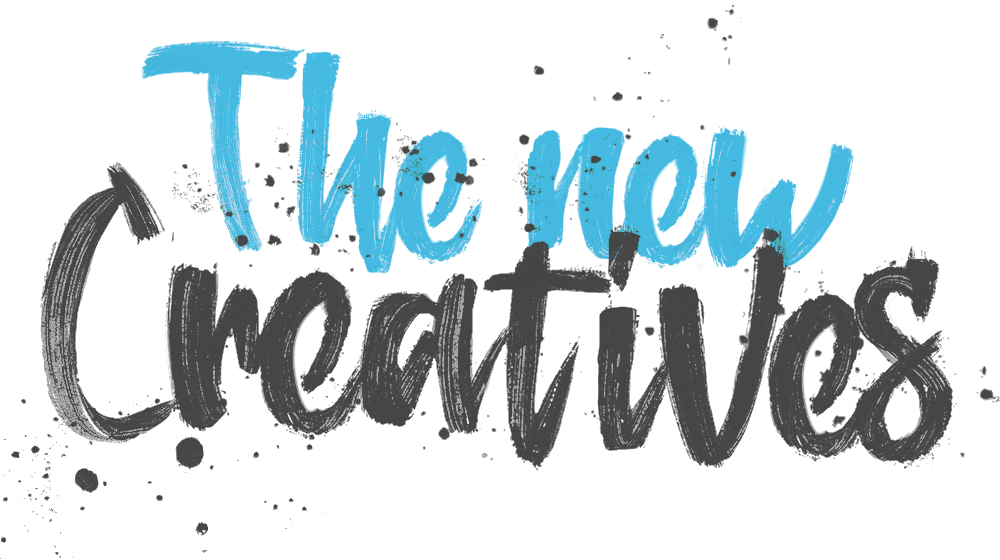Visual Engineering
What does a designer do? The answer to that question becomes increasingly complex every year, and designers like Pam Partington have quickly learned to adapt to the growing definition of the role. Pam continually uses her creative vision to navigate platforms she couldn’t have imagined while studying design in college. To Pam, the term “graphic designer” seems dated when she looks at her recent work.
“I actually feel like I’m an engineer, but a visual engineer. The name graphic designer has this stereotypical connotation, like I’m going to be making flyers or posters. A lot of people don’t realize that my job is so much more than that. You’re ultimately taking someone’s idea and making it come to life visually.”
Since graduating from college in 2008, Pam has continually trained herself to design for the new platforms and tech that are regularly arising in her field. Her work has spanned everything from business branding, website layout, and print publication design, to newer territories like the visual presentation of web applications and physical, multi-media retail experiences. Over the years, these kinds of Innovative team projects have ultimately allowed Pam to see the full potential of her skills.
“I previously had no idea that that could be part of my job ― working in an element like that and creating these high-end display experiences for clients like Nike and Apple. It forced me to think outside of the box, and I worked with some talented people who were technologically really smart. It opened my mind to realizing my job could be so much more if I wanted it to be.”
Part of what enables Pam to be so versatile is her ability to see her client’s vision through proper communication. In a city full of amazingly talented visual artists and designers, the ability to relate to clients and ultimately see their vision has helped to set Pam apart. She thinks being in social surroundings is important in learning to ask the right questions.
“Sometimes designers are very creative, but they have no idea how to be heard and understood. If you’re not on on the same page with your client, you’re going to keep going around and around in circles. You need to practice how to present your ideas and talk to and relate to people. That’s a really important tool that they don’t teach you in school. I actually like client-facing meetings ― I get to see what the client’s all about. It also shows in my work when I have this kind of interaction.”
Pam explains that part of what helps her communicate with clients is her tendency to think in pictures. Talking through initial ideas with clients enables her to materialize the broad concepts of a project into the very specific aspects of branding. She’s able to see the big picture, which enables her to flesh out the rest of a project, together with the client and team.
“I really like thinking about the full 360 brand campaign. It’s cool watching how it goes from just a logo to the whole package, and how it changes. That’s the beauty with working with an ad team too. In the end product you can always tell, “oh, we all did that.”






